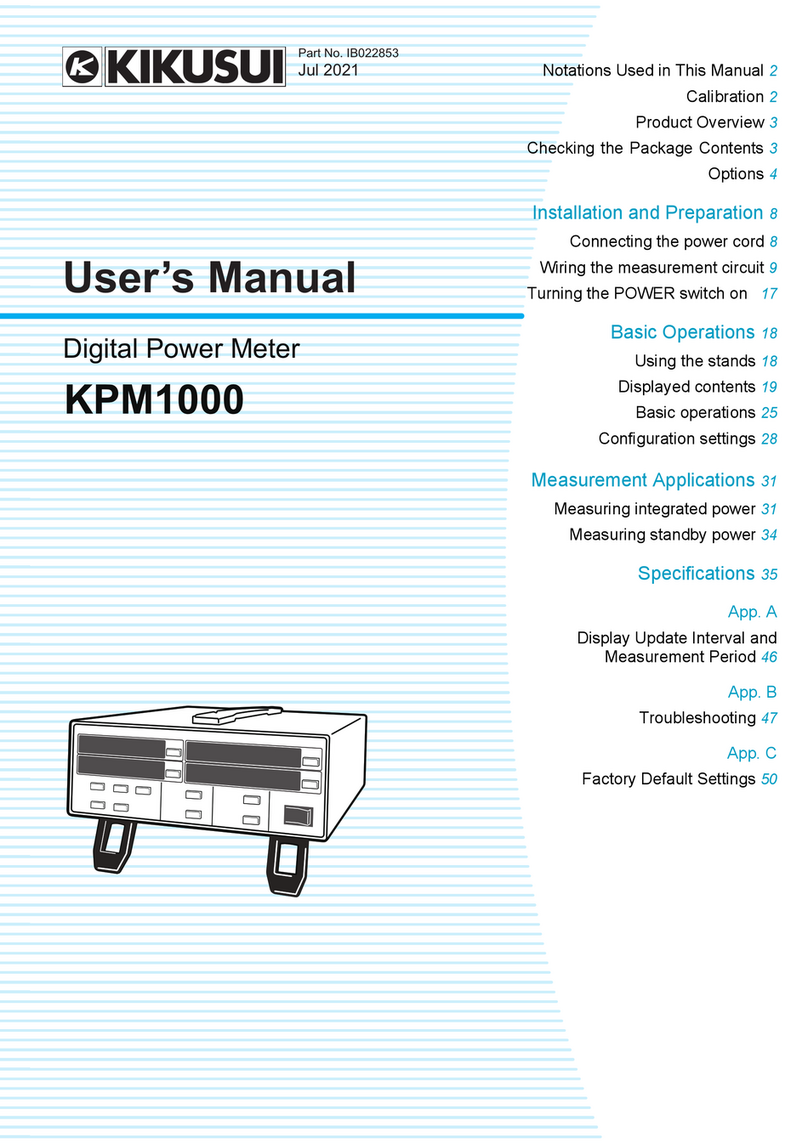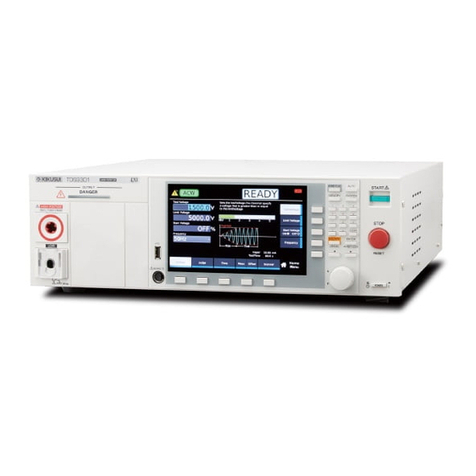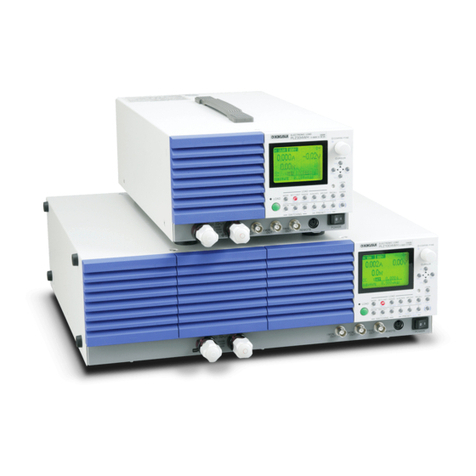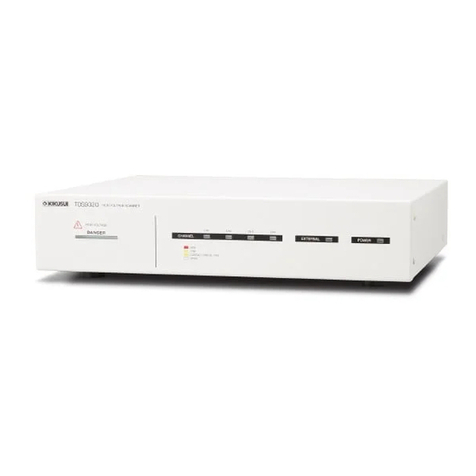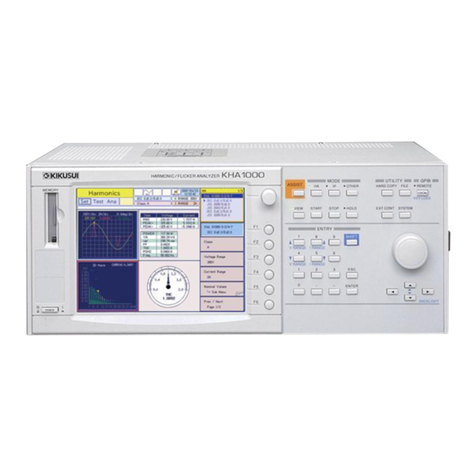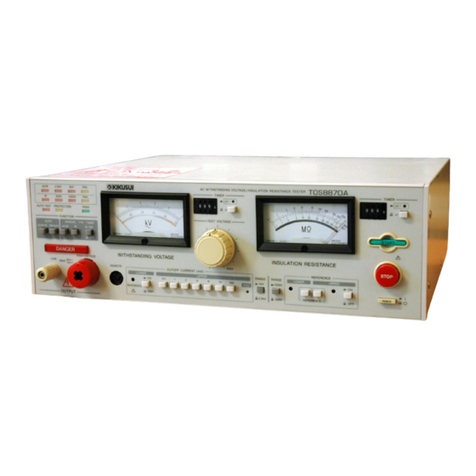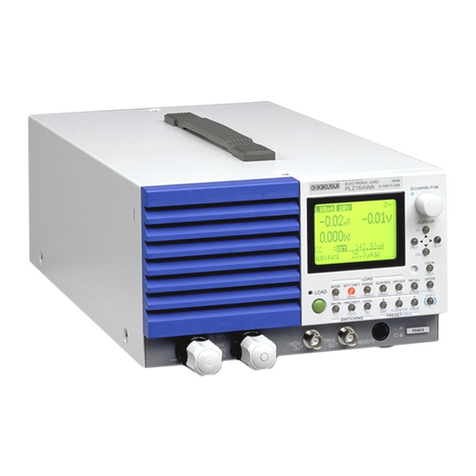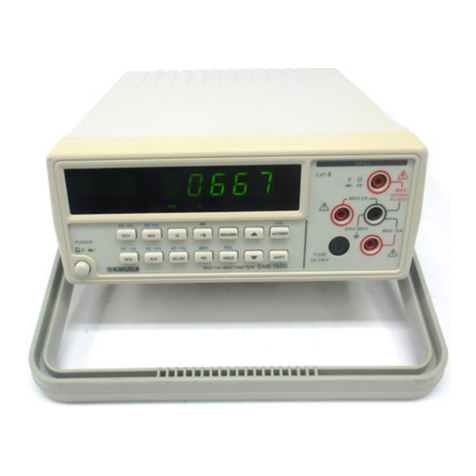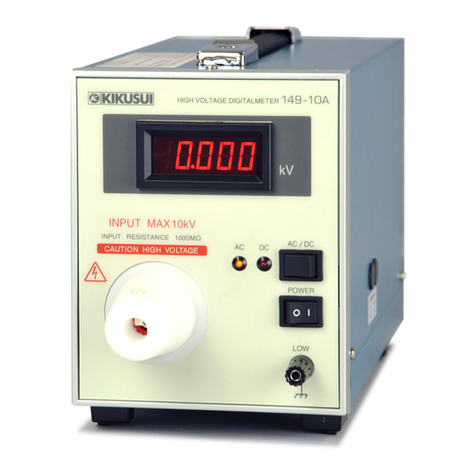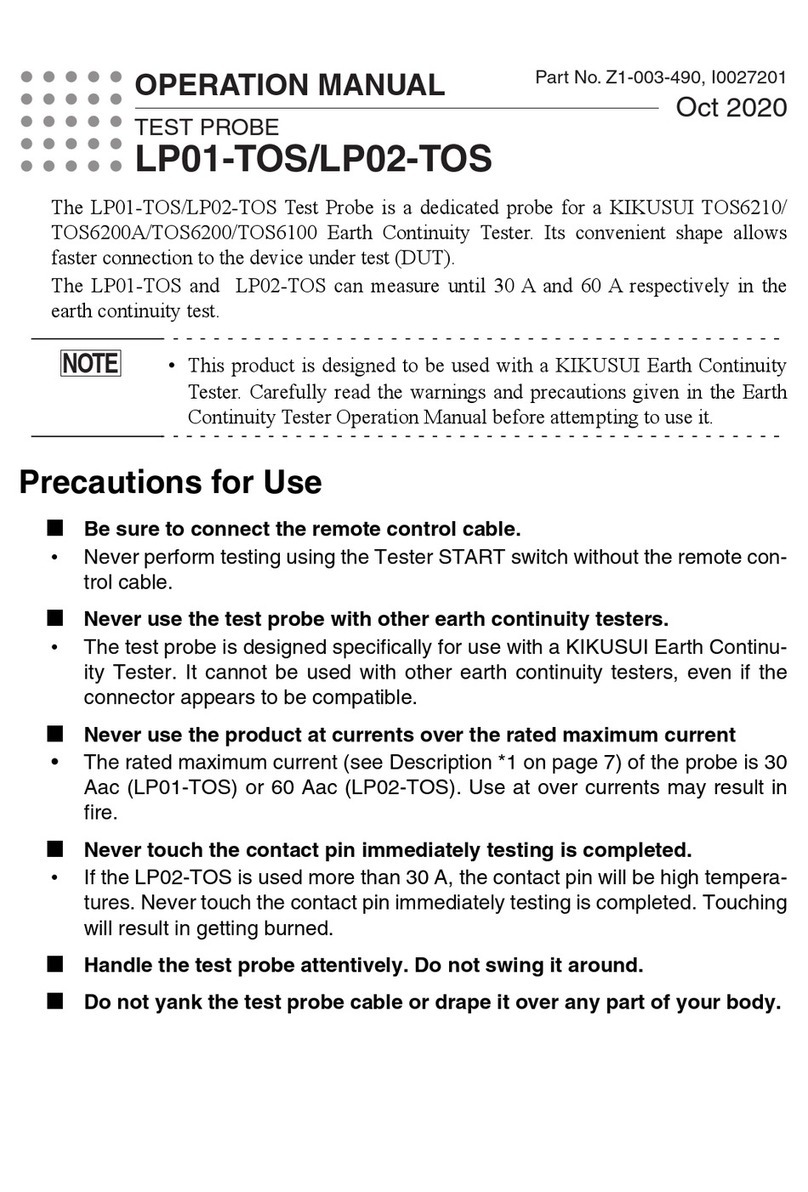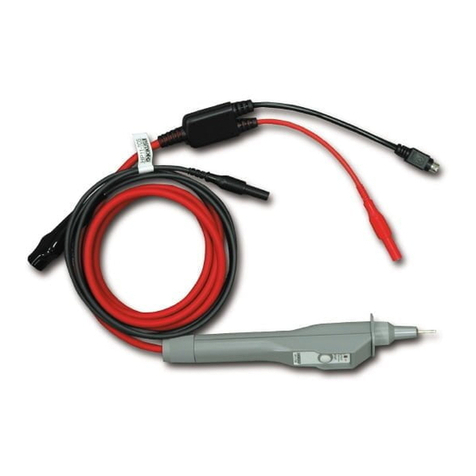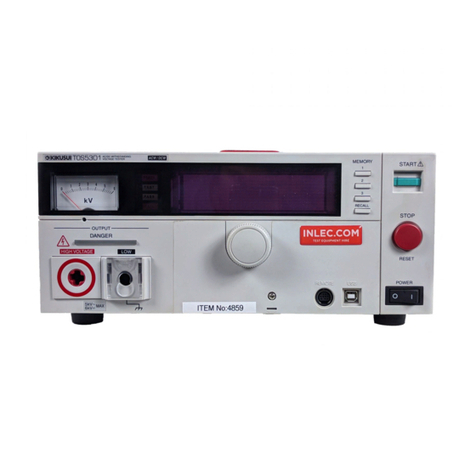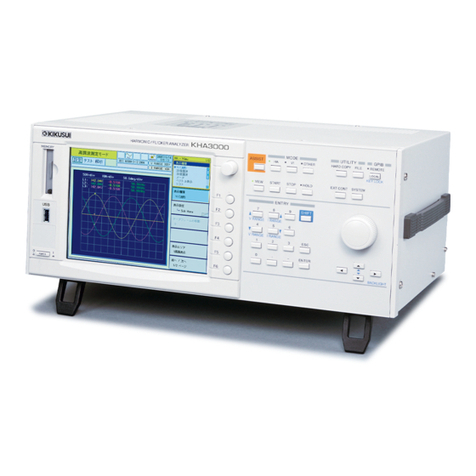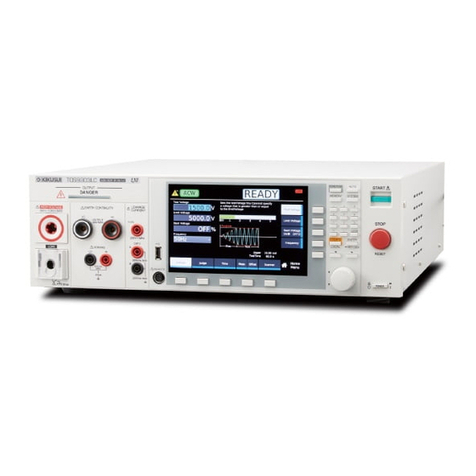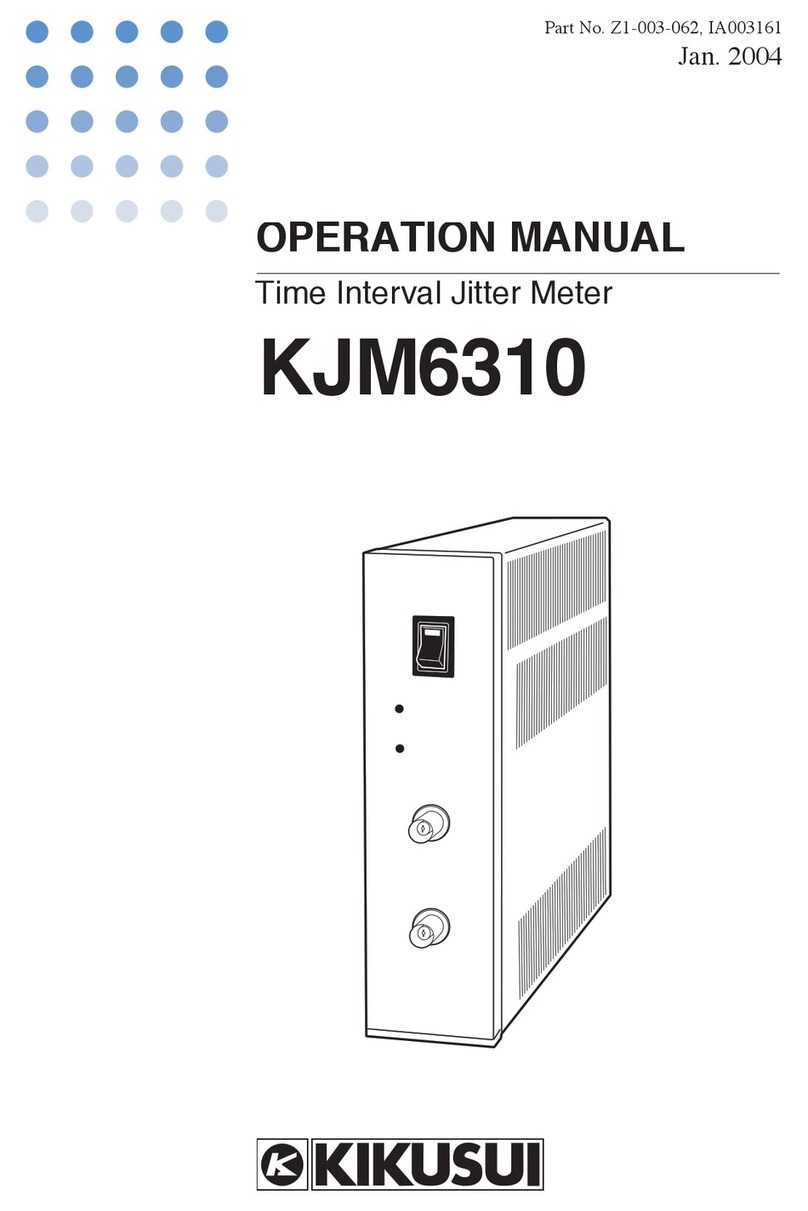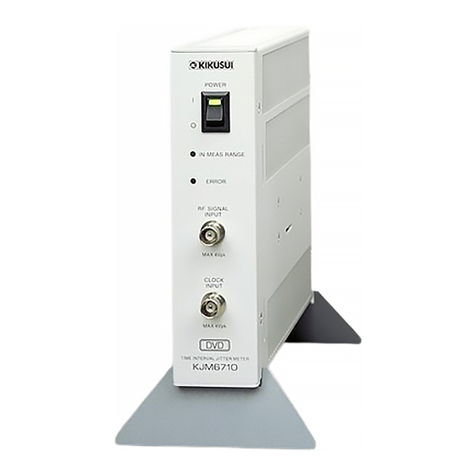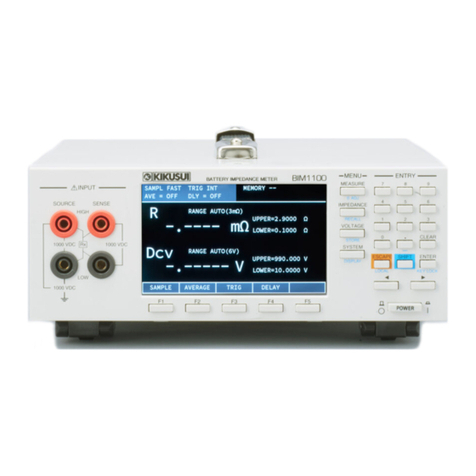
4PLZ-4WL
Functions that are useful for battery discharge
testing
You can measure the time from when the load is turned on
until when it is turned off.
You can measure the time from the start of battery
discharge to the cutoff voltage (time measurement) by using
this function in conjunction with undervoltage protection
(UVP).
In voltage measurement, the voltage immediately before the
load turns off is measured. If you use the timer so that the
load turns off after a specified amount of time, you can
measure the closed-circuit voltage after a specified time has
elapsed since the start of battery discharge (voltage
measurement).
Standard-equipped GPIB, RS232C, and USB
interfaces
The PLZ-4WL comes standard-equipped with GPIB,
RS232C, and USB interfaces. It can be easily incorporated
into a wide range of test and inspection systems.
When the interfaces are used with the sequence function, a
variety of systems can be created.
To measure the characteristics of power sources and other
devices that produce energy, a load is required to consume
the energy. A variable resistor can be used as a simple load. A
device in which semiconductor devices such as transistors are
used instead of a variable resistor is referred to as an
“electronic load.” Using semiconductor components, an
“electronic load” can change the current and voltage freely, so
when it is used with a control circuit, it can function as a variety
of different types of loads.
Electronic loads can be used as loads for different types of
circuits, for switching power supplies and other types of DC
power supplies, for testing the characteristics and lifespans of
primary and secondary batteries, and for aging. You can use
the sequence function to create programs that simulate real
load conditions and use these programs to produce varying
loads in tests on devices such as power supplies for printers.
There are AC electronic loads and DC electronic loads. The
PLZ-4WL is a DC electronic load for use with DC circuits.
Basic Operation Modes
The following six operation modes are available on the PLZ-
4WL.
1. Constant current mode (CC mode)
2. Constant resistance mode (CR mode)
3. Constant power mode (CP mode)
4. Constant voltage mode (CV mode)
5. Constant current and constant voltage mode (CC+CV
mode)
6. Constant resistance and constant voltage mode (CR+CV
mode)
Here, we will explain the simplest of the six modes: constant
current (CC) mode.
■ Constant Current Mode Operation
In constant current (CC) mode, the PLZ-4WL operates as a
constant-current load.
The PLZ-4WL sinks the specified current (I) regardless of the
output voltage (V1) of the constant-voltage power supply.
Operating Areas of the PLZ-4WL
As shown in the figure, the PLZ-4WL can be used within the
area enclosed by the constant voltage line defined by the
rated voltage, the constant power line defined by the rated
power, the constant current line defined by the rated current,
and the constant voltage line defined by the minimum
operating voltage (the enclosed area is where specifications
are guaranteed).
The specifications are not guaranteed for input voltages below
0.3 V (the values in the actual operating area). The minimum
operating voltage at which current begins to flow through the
PLZ-4WL is approximately 50 mV. If the input voltage is
gradually increased from 0 V, no current will flow until this
minimum operating voltage is exceeded. If the input voltage
exceeds the minimum operating voltage and a current greater
than or equal to 0.2 % of the range rating (greater than or
equal to 0.2 % of the H range when the PLZ-4WL is set using
the M range) starts flowing, the current can keep flowing even
when the voltage is reduced down to as low as approximately
20 mV.
What Is an Electronic Load?
PLZ-4WL Series
I
V
Constant-voltage
power supply
The current is constant even
when the voltage varies.
Current I
Voltage
V
0
V1
CC setting
0.1 V
3.3 V
30 V
0.1 A
Input current
Input voltage
Operating area where
specifications are
guaranteed
Actual operating
area
165 W
0.3 V
5.5 A 50 A
Logarithmic
scale
Operating area where
specifications are
guaranteed
0
50 mV
20 mV
0
Input current
Input voltage
0.3 V
50 A
Actual operating
area
Example for the PLZ164WL
